Het arrangement Libraries and the digital age? h45 is gemaakt met Wikiwijs van Kennisnet. Wikiwijs is hét onderwijsplatform waar je leermiddelen zoekt, maakt en deelt.
- Auteur
- Laatst gewijzigd
- 2025-05-11 22:19:54
- Licentie
-
Dit lesmateriaal is gepubliceerd onder de Creative Commons Naamsvermelding-GelijkDelen 4.0 Internationale licentie. Dit houdt in dat je onder de voorwaarde van naamsvermelding en publicatie onder dezelfde licentie vrij bent om:
- het werk te delen - te kopiëren, te verspreiden en door te geven via elk medium of bestandsformaat
- het werk te bewerken - te remixen, te veranderen en afgeleide werken te maken
- voor alle doeleinden, inclusief commerciële doeleinden.
Meer informatie over de CC Naamsvermelding-GelijkDelen 4.0 Internationale licentie.
Aanvullende informatie over dit lesmateriaal
Van dit lesmateriaal is de volgende aanvullende informatie beschikbaar:
- Toelichting
- Deze les valt onder de arrangeerbare leerlijn van de Stercollectie voor Engels voor havo, leerjaar 4 en 5. Dit is thema 'Buildings'. Het onderwerp van deze les is: Libraries and the digital age? Deze les gaat over bibliotheken en of ze nog nodig zijn nu er veel digitale boeken te krijgen zijn. De grammaticaopdracht gaat over gradable and non-gradable adjectives and adverbs.
- Leerniveau
- HAVO 4; HAVO 5;
- Leerinhoud en doelen
- Engels;
- Eindgebruiker
- leerling/student
- Moeilijkheidsgraad
- gemiddeld
- Studiebelasting
- 4 uur 0 minuten
- Trefwoorden
- arrangeerbaar, bibliotheken, engels, gradable and non-gradable adjectives and adverbs, h45, libraries and the digital age?, stercollectie

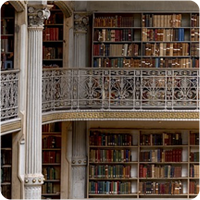 In this next lesson, we look at libraries.
In this next lesson, we look at libraries.


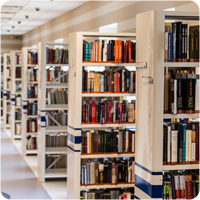 Speaking
Speaking
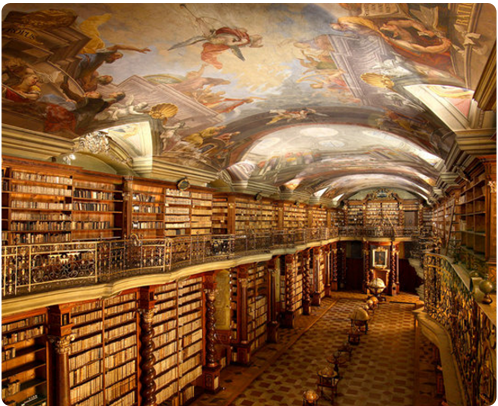
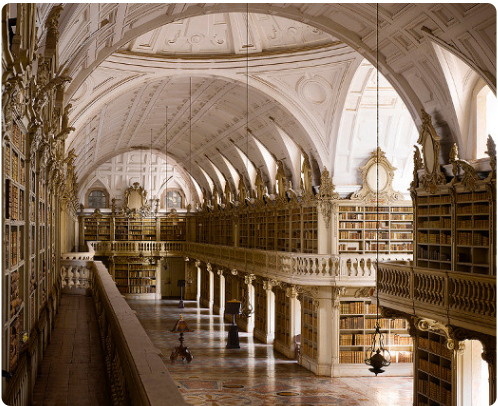
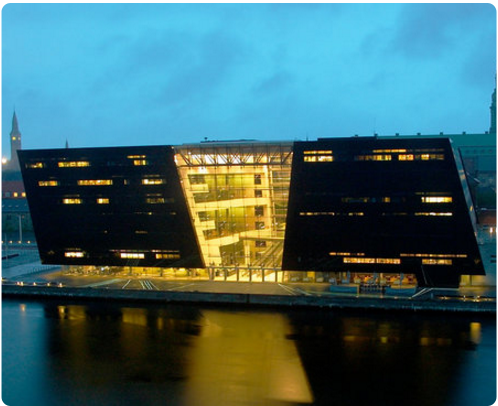


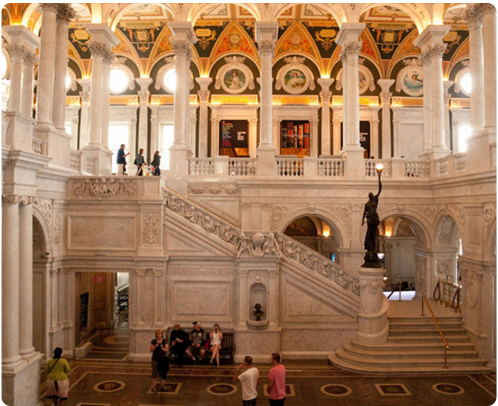
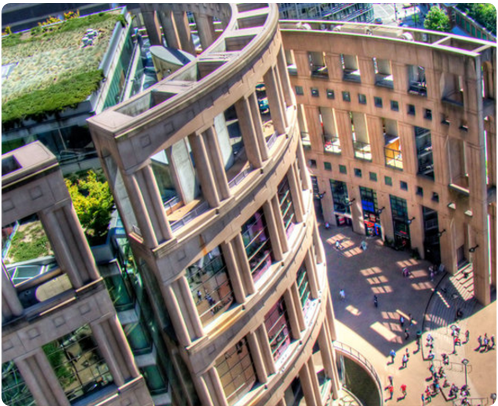
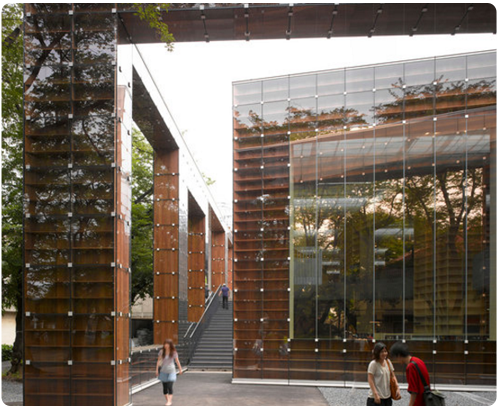

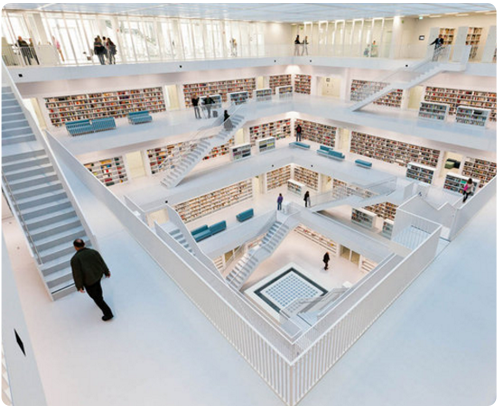
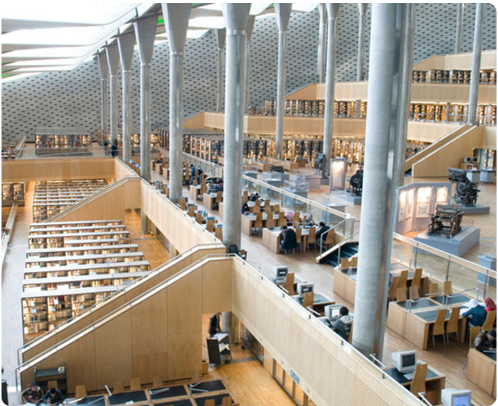

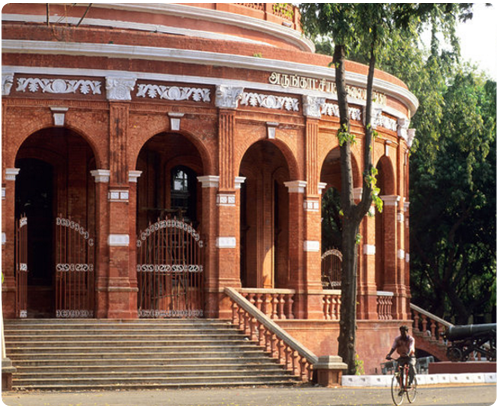
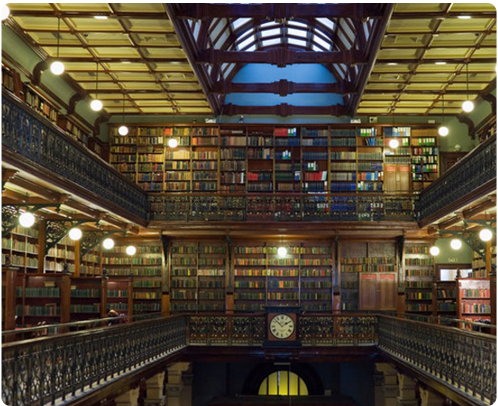
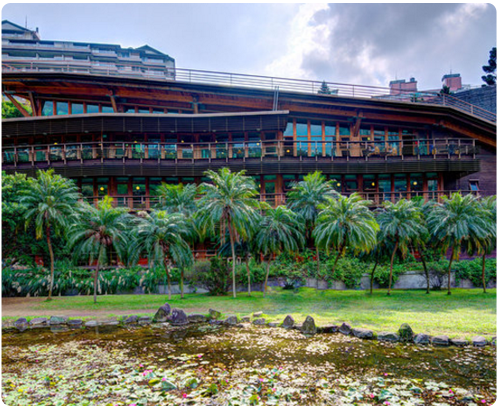
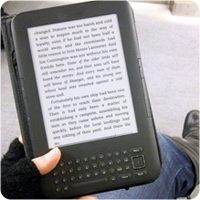
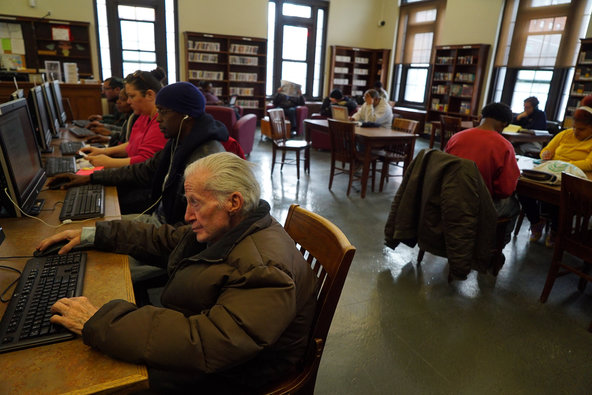
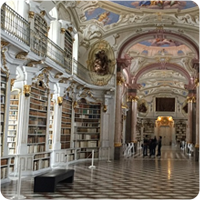 Grammar
Grammar

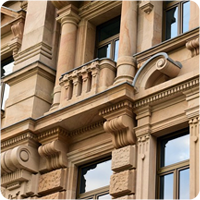 Video Watching
Video Watching Task: Write a letter
Task: Write a letter
 Copy and fill in the schedule and answer the questions below.
Copy and fill in the schedule and answer the questions below.